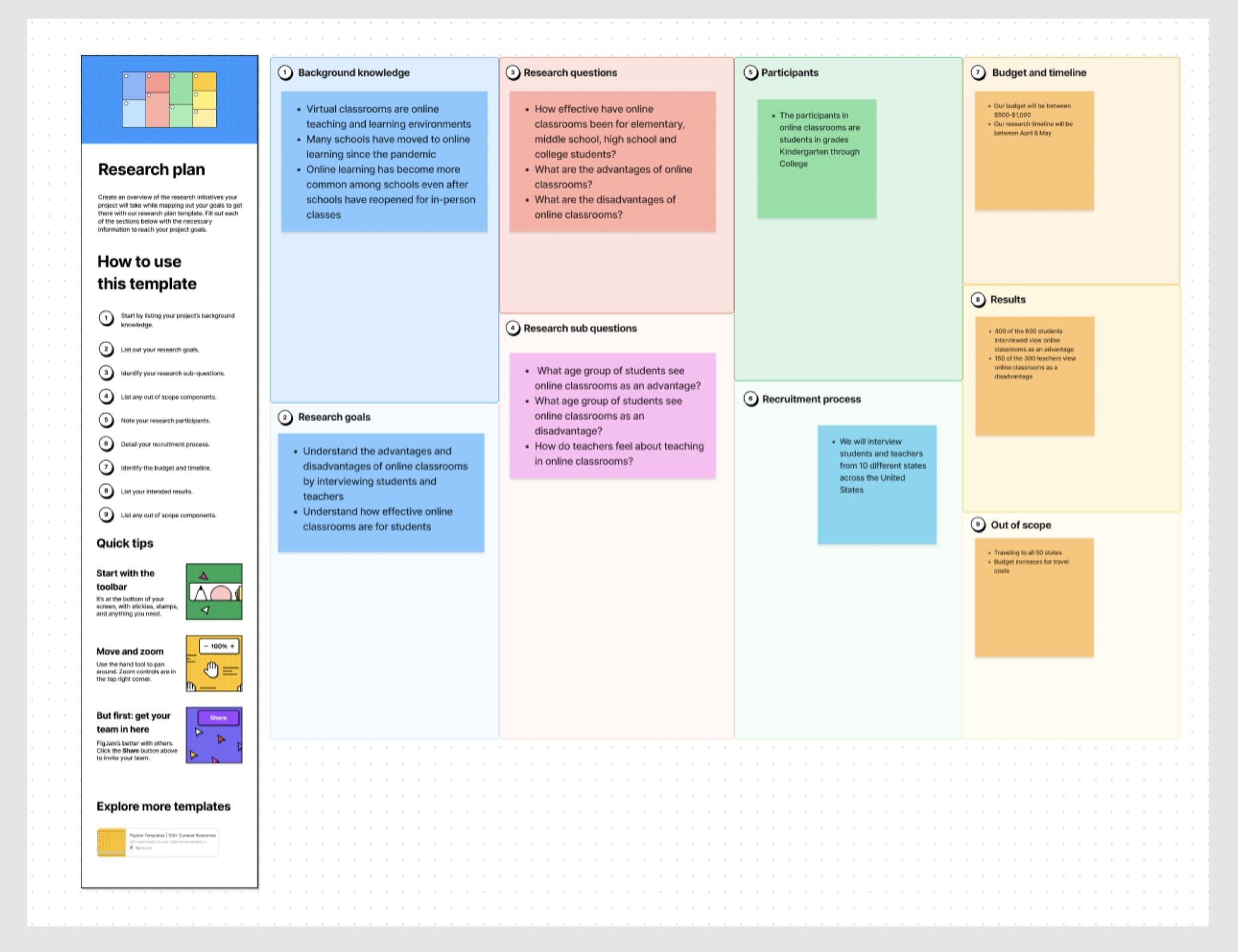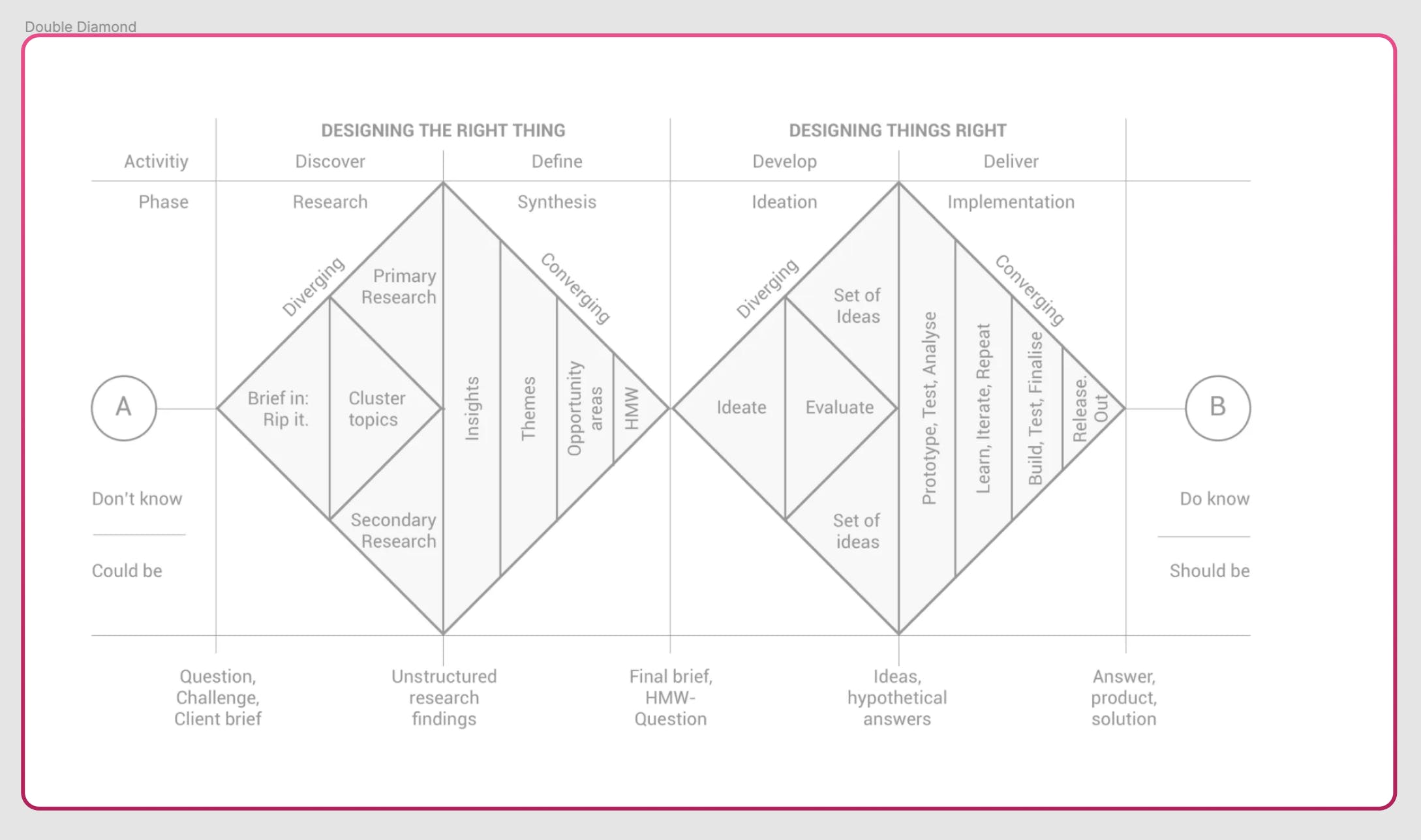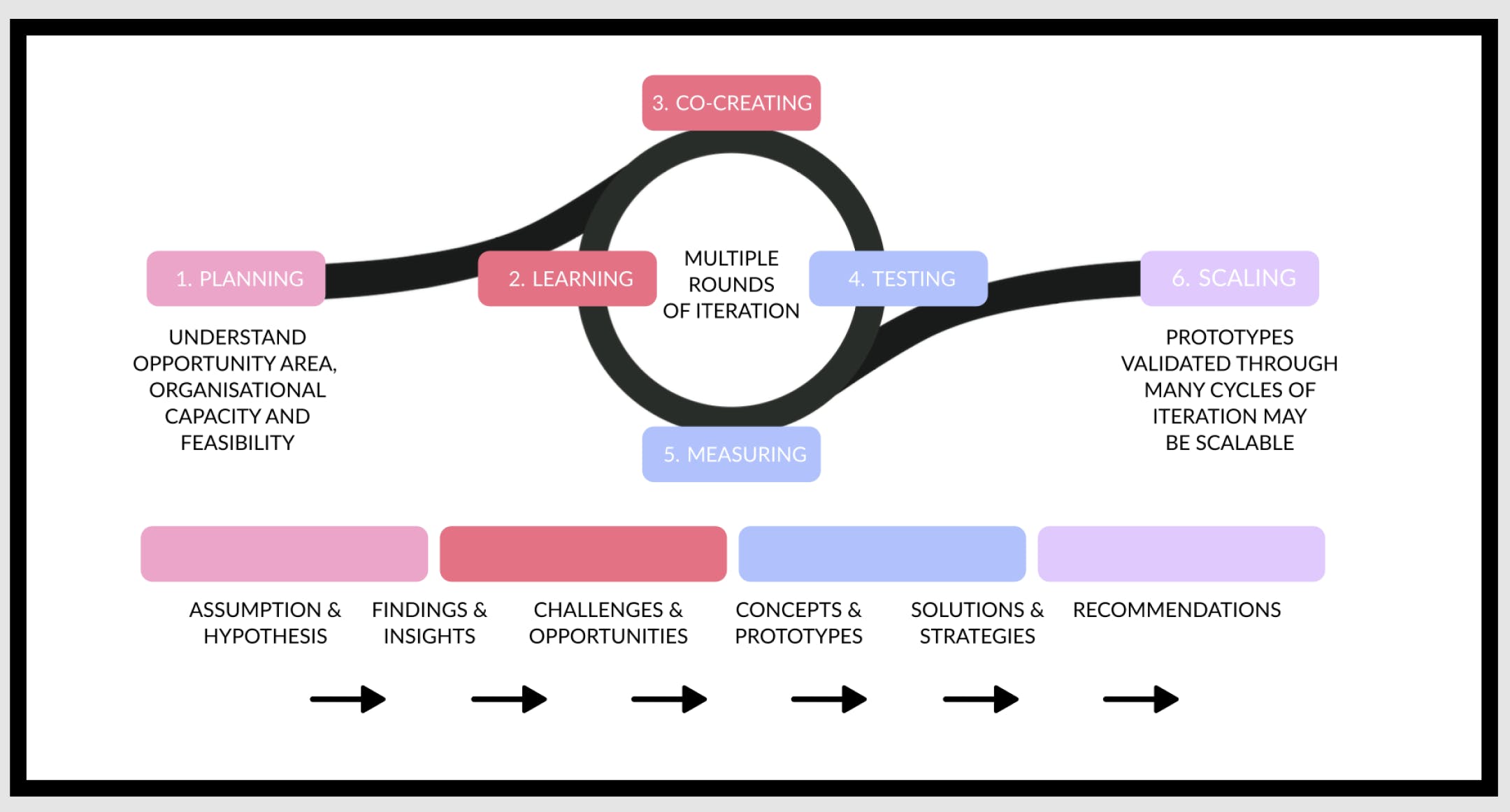Juan Carlos Díez Rodríguez — or JC, as we call him — is, for the next six months, my Design Mentor at Dribbble Product Design Academy.
He’s also a professor at the University of Design and Technology (UDIT) in Madrid, and a Product Designer for IKEA Global.
As part of Dribbble’s six-month Product Design course, we get to meet with him as a small group every week for two hours, plus bimonthly 1-on-1 mentorship sessions.
I’m only a month into the program, but JC’s already blown my mind with the depth and breadth of his knowledge and experience in the field; not to mention making the learning process super clear, engaging, and exciting.
In this conversation, I ask him about his career roadmap, what it’s like to design experiences for one of the world’s most well known and beloved brands, and how IKEA approaches the design process for a global audience.
Thank you for your time, JC! Let’s start off with a brief intro for our readers: What do you do, why do you do it, and how did you get to where you are today?
I’m a Product Designer at IKEA with almost 10 years of experience. Nowadays, I’m in charge of designing in-store experiences for IKEA stores globally, matching physical and digital solutions to improve the customer experience while shopping.
I love design in all its shapes and forms, and I enjoy learning different ways of helping people through design in my day-to-day life. I always had an inquiring/curious mind, a love for people, and I’ve always enjoyed exploring different ways of solving problems. Design to me is the perfect platform for exploring my curiosity, helping others to improve their daily lives, and sharing my passion with others.
I started my professional career as a software engineer, since I studied computer engineering back in my twenties. It gave me the ability to understand technology, develop solutions and, more importantly, quickly absorb new and unfamiliar ways of thinking.
After some years of coding, I realized that design was “the thing” for me, so I studied a few programs to help me make a career transition.
For a while, I was playing the roles of both software engineer and UX designer. One day, I got the opportunity to take on a full-time position as a product designer. I didn’t think twice.
How does your background in engineering influence your approach to design?
From the very beginning, I realized my engineering background would help me a lot when working with multidisciplinary teams. It improves my collaboration with people working in IT roles, makes the design reviews and handoffs more efficient, and it also helps me build strong relationships with engineers by having in-depth conversations.
On the other hand, to me, it’s all about finding a balance while designing. Sometimes I find myself thinking a lot about the technical feasibility of my design approach, but I try not to constrain myself. I try to propose the best possible solution for the customers, and then trust the rest of the team to help make it possible.
You've mentioned being driven by the desire to improve people’s daily lives through design. How does this inform your approach to your work at IKEA?
One of my latest projects at IKEA is called Waiting.
Waiting appears in multiple moments of the customer journey: Paying for your products, finding a coworker, returning something.
We conducted foundational research to investigate all these moments of ‘waiting,’ and their implications for the customer. It was interesting to discover that waiting to return something was a huge pain for people, in terms of waiting perception vs. expectation.

So, we conducted further research with more customers, and learned that the expectations around waiting had a lot of impact on overall customer satisfaction.
We used this information to develop a system that predicts waiting times in the customer area for returning a product. Now, customers know in advance how much time they’ll need to queue, and use that information to decide if they’re willing to wait, or want to go and do something else in the meantime.
So far, being transparent and giving customers more control of their time is having a great impact.
IKEA is an iconic brand; known especially for simplicity and functionality. How do you ensure these principles translate into the physical, in-store experiences you design?
IKEA is huge. There are so many teams and designers working globally in different streams — that alone is a massive challenge to some of the IKEA principles, such as simplicity.
Because of this, we need structure and guiding principles. We count on shared resources and first principles — like internally documented methodologies and design libraries — to guide us all through the design process in a more consistent way.
Beyond that, internal collaboration is key. To design in such a complex environment requires the involvement of multiple stakeholders and peers from different teams. Our design choices can impact not only on customer experience or sales, for example, but also on the routines of all our coworkers, operations teams, logistics… etc.
Overall, I believe our focus on framing the right problem to solve and striving to really understand context is what leads us to the simplest, most inclusive and most valuable solutions not only for clients, but also for our colleagues at IKEA worldwide.

What are the unique challenges in designing in-store experiences for a global audience at IKEA, considering the cultural, regional and demographic differences?
Being part of a global team has different challenges. One of them is, for sure, designing for different customer profiles, cultures, and contexts. We rely on different sources of information for both primary and secondary research.
There’s a lot of knowledge already available from existing studies that we can reuse and action, but when that’s not enough, we explore and validate all possible solutions, always including different markets and countries in the study samples to evaluate varied cultural, behavioral, and comprehension nuances.
How do you incorporate user feedback and data into your design process at IKEA? And what's your process for translating customer needs into actionable design decisions, especially for a user base as complex and diverse as IKEA's?
Everything we design is informed.
We always base our solutions on customer needs or pains, and we have a bunch of different ways of translating those needs into actionables.
Sometimes we conduct experiments at the stores, other times we show sacrificial concepts* to customers, or use in-depth interviews.
Recently, in collaboration with a Spanish IKEA store, we built a dedicated space for live customer testing and feedback, called eXperience Lab. In this space, we’re running discovery, validation or co-creation sessions with customers.
Everything we design is informed.
xLab directly involves IKEA's clients in the process of ideation, design, construction, and implementation of new IKEA digital shopping solutions — while working with different elements of the physical store, such as a digital kiosk, signs, furniture, and technical gadgets to help users to explore new solutions and technologies. These include eye tracking, 3D printers, projectors, digital signage, and more.

* Sacrificial concepts are early, raw, potentially flawed concepts made visual/physical and used as a medium for creating reaction, response, and discussion among users and design teams. The term was created by IDEO, which is a practice in user research to build deep empathy about a specific group of people. source
Can you elaborate on how you approach prototyping and testing within your design process at IKEA?
As IKEA employees, we embrace the principle of cost-consciousness.
We always collaborate with people in different roles before deciding what’s the best way to test a solution, and what would be the most effective way to do so.
Sometimes the artifact* is just a piece of paper with a relevant concept to generate impressions on customers and learn, but once we have some certainty on the things we want to develop, we increase the complexity of the prototype and design artifacts.
One of the most exciting things of designing experiences for the stores is that we build ‘phygital’ (physical + digital) solutions. This means that we work to integrate physical elements of the store with online experiences — like the digital kiosks you can use to interact with the store, explore product ranges through projections, or simulate a room, for example.
* UX artifacts (or UX deliverables) are the research records, sketches, design files, prototypes, reports, and other documentation that design teams produce during a project. source
How does your role as a professor and product design educator at UDIT and Dribbble influence your work as a product designer? Does it provide any unique perspectives or learnings?
I love teaching. Opening doors for others is one of the best parts of my work as a designer.
I believe that the future, for creatives, is multidisciplinary. So, adding more people with different backgrounds to the design industry is great for everyone — most importantly, customers.
I love to see people that, like myself in the past, are looking for a change. I think this desire for a career change is nurtured by the design field, because it brings with it so many new perspectives for solutioning things.
Teaching also has the added benefit of meeting a lot of awesome people with whom I stay in touch after the program ends. I love to catch up with former students from time to time and to see how they’re doing and learn about their achievements, it just fuels me up!

On the personal side, teaching at both UDIT and on Dribbble's Product Design course keeps me updated by necessitating that I keep my finger on the pulse to be aware of new directions and trends in design.
When teaching UX fundamentals and design systems to your students, what are some of the key pieces of advice you always give or often hear yourself repeating?
I always insist a lot on building a strong base of foundational knowledge. Design is a process that’s different every time you run it, but it always has the same stages.
Having a great baseline on the different phases of the design process — such as discovery through research, or solutioning through ideation — will eventually allow you to design great and meaningful products.
I also try to be transparent about my own insecurities. Even though we’re experienced, we don’t always have the answers, especially when it comes to design where there are multiple solutions for a single problem.

I try to invite everyone to embrace imperfections as much as we embrace perfection, as designers. Sometimes we’re lost and we just need to take the next step or iterate to find something great. It’s human to feel that way, and being okay in uncertainty is part of the deal.
Let’s talk stacks. Which tools and processes do you use to stay organized and productive? And how do you keep your own design skills sharp and stay updated?
As a designer, Figma is my cornerstone. I use it not only for designing prototypes, but also for documenting my design processes, analyzing primary and secondary research, and putting together reports.
Beyond that, I rely a lot on Slack for agile, async communication; and my calendar for managing activity. Sometimes, we forget to talk about the importance of organization and planning in design, but it's one of the most critical soft skills for any successful design career.
However: Design is more than a tool, and design is definitely more than Figma.
We’ve seen so many movements and trends along the years in this regard, so I always encourage my students to master the foundational knowledge and first principles of UX, UI, and design thinking — regardless of the tool they’re using — which helps them to be flexible and adapt when it’s necessary.
What are some of the important trends you see shaping the future of product design?
There's tons of information out there nowadays, and it’s difficult to detect trends or future lanes of product design.
I do feel like phygital experiences will become more and more a part of our daily life. I think that the phone will become less important in our daily tasks, and it’ll be complemented by digital solutions in other touchpoints in our homes, cars, and shopping experiences that enrich our reality.
There are many development lanes in this direction — like voice assistants, virtual reality gadgets, wearables, AI, new screen formats and sensors…
Apple Vision Pro is just one example of the potential of the technology we’re going to start using in the next few years. I can see other companies following the same approach as IKEA and extending their services to phygital artifacts and products.
All of this makes it’s a really great time to become a product designer — all of these new experiences will need designers to ensure they’re all crafted in a meaningful and human way.
Transition into a product design career after 24 weeks of industry-leading training and mentorship
Interested in a career in UX, UI, or Product Design? Learn more about Dribbble Academy courses here.

